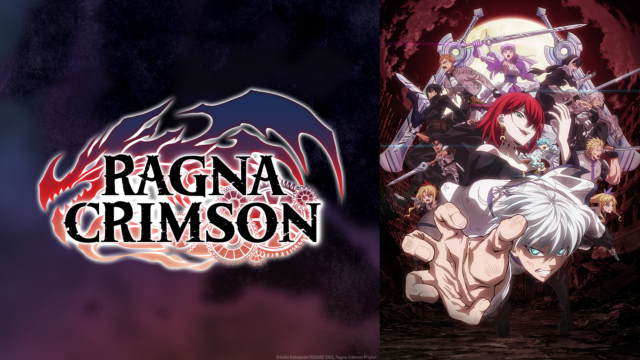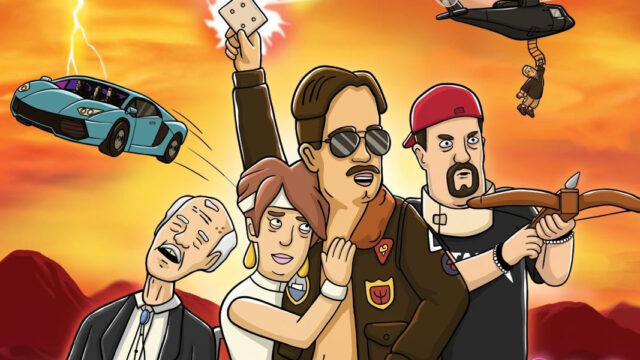Review: Lazor Wulf “Dying to Eat; That Was Today. This is Tomorrow.”
A wolf like we’ve never seen. Lazor Wulf has zapped into reality!
Overview
Due to Stupid Horse’s (and Canon Wulf’s) shenanigans in “Dying to Eat,” Lazor Wulf’s favorite food spot, Esther’s, gets destroyed. Since Esther’s is the only restaurant he isn’t allergic to, Lazor Wulf accepts his fate that he will starve to death. Stupid Horse tries to rectify the situation by recreating a replica of Esther’s — recipes and all. Lazor Wulf throws a “death” party to celebrate his oncoming death, when he realizes that Stupid Horse’s food recreations are authentic enough to cure his terminal pickiness. Stupid Horse saves Lazor Wulf from starvation, and the gang realizes they could have just gone to Esther’s 2 across the lane.
In “That Was Today. This is Tomorrow.,” God takes a stress test and realizes that he is infamously known for his inability to “chill.” Due to this, he creates a vacation day for both himself, and the whole world. He turns “all of creation” into Mutombo Beach, South Carolina, and declares it International Bike Day. Yeti is not a fan of this bit, however, because his father (King Yeti) advised him to never let anyone “take his thing” — and biking just happens to be his thing. Yeti’s biking skills are so hip they cause everyone who sees him to set their bikes on fire, Lazor Wulf’s contrarian personality makes him want to work on the holiday, and God gets so angry he kills countless people (with kindness.)
Our Take
Lazor Wulf has at last made its candy coated debut! Rife with fun colors, voices, and characters, Lazor Wulf definitely has a few qualities that immediately set it apart from other Adult Swim series.
For one, it’s just cute as heck. Considering the usual dark and dingy color tones chosen for an Adult Swim show, Lazor Wulf grants itself the use of fun pastels and bright tones, without using too much saturation in color. It also allows itself to be cartoony — classic sound effects are used in every corner of the show, keeping the audience enthralled by a familiar, Saturday-morning-toon feeling. It gets its “adult” points across without shoving obscenities down the viewers’ throats (or, in this case, into their eyes.) Things usually stay in motion, and even in the stiller parts, there’s upbeat music and SFX to make up for it.
Following these upsides are a few critiques where improvements could be made — the main one revolving around the art style. While the character designs are fun, there’s a lot of empty space when it comes to backgrounds. Things can be kept simplistic, but it’s important that the world of story doesn’t feel overly spacious — otherwise, it runs the risk of being boring to look at. Another note is that the characters aren’t all that distinguishable from the backgrounds. A similar (if not, same) outline is used on everything — people, places, and things. While it’s fun that the colors coordinate, this — in combination with the outline — make it easy for the scene-relevant characters to get washed out (or “lost”) in the backgrounds of the show.
There’s a sort of charming “pinbally-ness” that Lazor Wulf has — which could be hit or miss. The voices for the characters sound so relaxed and natural, it almost seems like scenes will move from one beat to the next if a viewer isn’t watching closely enough. It’s casual in its chaos, which enhances the silliness it hopes to invoke.
There’s obviously a lot to be revealed, but there’s definitely a need for more knowledge on who exactly Lazor Wulf — and his friends — are. Until then, it’s exciting to be part of a world where God himself is a character.



























Hi Ashley, thank you so much for reading and we love the feedback. Note that on that day we had 14th posts go up and only ten posts show on the front page, so it's possible the preview had already been archived by the time you got to it. One recommendation would be to add our RSS feed to your favorite news aggregator service like Feedly, this way you get all of the latest posts!